我见过的最棒的销售PPT
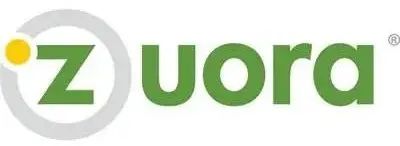
It’s Zuora’s, and it’s brilliant. Here’s why.
这是Zuora的,非常棒。原因就在这里。
A few months ago, my friend Tim took a new sales job at a Series C tech company that had raised over $60 million from A-list investors. He’s one of the best salespeople I know, but soon after starting, he emailed me to say he was struggling.
几个月前,我的朋友Tim在一家第三轮融资的科技公司找到了一份新的销售工作,这家公司已经从一流投资者那里筹集了6000多万美元。他是我认识的最好的销售人员之一,但刚开始不久,他就给我发邮件说他在苦苦挣扎。
“I’ve landed a few small accounts,” Tim said. “But my pitch falls flat at big enterprises.”
“我有几个小客户,”Tim说,“但我的建议在大企业中没有效果。”
As I’ve written before, I love helping teams craft the high-level strategic story that powers sales, marketing, fundraising — everything. So Tim and I met for lunch at the Amber India restaurant off San Francisco’s Market Street to review his deck.
正如我以前写过的那样,我喜欢帮助团队精心制作高级战略故事,这些故事可以推动销售、市场营销、筹资... 所有的事情。于是,我和Tim在旧金山市场街附近的琥珀印度餐厅共进午餐,并查看了一下他的PPT。
After loading up on the all-you-can-eat buffet, I asked Tim, “At what point do prospects tune out?”
在吃了很多自助餐后,我问Tim:“潜在客户什么时候开始不感兴趣了?”
“Usually a few slides in,” he said.
“通常在几页PPT之后,”他说
Intent on maximizing dining ROI, Tim went back to the buffet for seconds. When he returned, I pulled out my laptop and launched into a Powerpoint presentation.
为了最大限度地提高用餐的投资回报率,Tim又去了自助餐台。当他回来时,我拿出笔记本电脑,开始播放PPT。
“What’s this?” Tim asked.
“这是什么?”Tim问。
“This,” I said, “is the greatest sales deck I have ever seen.”
“这,”我说,“是我见过的最棒的销售PPT。”
The 5 Elements of a Brilliant Sales Narrative
精彩销售故事的5个要素
The sales deck I showed Tim came from
我给Tim看的那个销售PPT来自
Zuora, the IPO-bound Silicon Valley company that sells a SaaS platform for subscription billing. If you pay for anything on a recurring basis (e.g. enterprise software), there’s a good chance that Zuora facilitates those transactions.
Zuora,一家即将上市的硅谷公司,销售订阅计费的 SaaS 平台。如果你定期支付费用(例如企业软件),那么 Zuora 很有可能促进了这些交易。
I had received the deck from an ex-Zuora salesperson, who said it helped him close the biggest deals of his career. (I have no connection to Zuora, and no relationship with anyone who currently works there. UPDATE: Some current Zuora employees have connected with me after reading this.)
我从Zuora的一位前销售人员那里得到了这套PPT,他说这套PPT帮助他完成了职业生涯中最大的几笔交易。(我和Zuora没有关系,也和目前在那里工作的任何人没有关系。最新消息:Zuora的一些现任员工读了这篇文章后联系了我。)
Abandoning his naan in a puddle of curried goat, Tim grabbed pen and paper and took notes as we ran through what made the Zuora deck so effective.
Tim把他的馕饼扔到一滩咖喱羊肉里,在我们讨论Zuora的PPT何以如此有效时,抓起纸笔,做了笔记。
Specifically, we noted how brilliantly the deck led prospects through the following five elements, in precisely this order:
具体来说,我们注意到该套PPT通过五个要素,按以下顺序,出色地引导了潜在客户:
(The ex-Zuora salesperson asked that I not share the Zuora deck publicly, and I will honor that request. However, I found slides on Zuora’s website and SlideShare channel that exhibit nearly the same narrative flow; all of the images below come from those public sources.)
(前祖睿销售人员要求我不要公开分享Zuora的PPT,我尊重这个要求。但我在Zuora的网站和SlideShare频道上发现了几乎相同的叙述流程;以下所有图片都来自这些公共资源。)
# 1
Name a Big, Relevant Change in the World
说出世界上一个重大且相关的变化
Don’t kick off a sales presentation by talking about your product, your headquarters locations, your investors, your clients, or anything about yourself.
不要通过谈论你的产品、你的总部所在地、你的投资者、你的客户或任何关于你自己的事情来开始销售演示。
Instead, name the undeniable shift in the world that creates both (a) big stakes and (b) huge urgency for your prospect.
相反,说出世界上那些不可否认的变化,为你的潜在客户带来了(a)巨大的利益和(b)巨大的紧迫性。
The first slide of virtually every Zuora deck — sales or otherwise — is some version of this:
几乎所有Zuora的PPT的第一张幻灯片,销售或其他部门的,都是这样的:
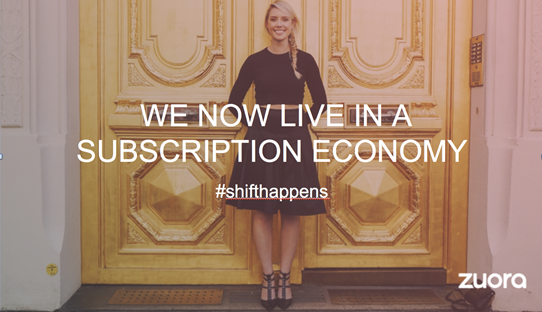
Zuora came up with the phrase “subscription economy” to name the new world that sellers must navigate, one in which buyers increasingly choose recurring service payments over outright purchases. Zuora usually follows that with a slide laying out the history of the change:
Zuora提出了“订阅经济”这个词来形容卖方必须驾驭的新世界,在这个新世界中,越来越多的买方选择定期支付服务费,而不是直接购买。接下来,Zuora通常会用一张幻灯片来展示这一变化的历史:
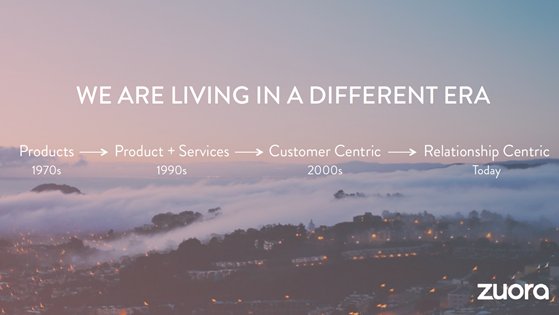
Note the subtle but important difference from what most pitch advice tells you, which is to start with “the problem.” When you assert that your prospects have a problem, you put them on the defensive. They may be unaware of the problem, or uncomfortable admitting they suffer from it.
请注意与大多数销售建议的微妙但重要的区别是,从“问题”开始。当你断言你的潜在客户有问题时,你会让他们处于防备状态。他们可能没有意识到这个问题,或者不愿意承认自己有这个问题。
But when you highlight a shift in the world, you get prospects to open up about how that shift affects them, how it scares them, and where they see opportunities. Most importantly, you grab their attention. As Hollywood screenwriting guru Robert McKee says:
但当你强调世界的变化时,你会让潜在客户敞开心扉接受这种转变对他们有什么影响,如何让他们感到恐惧,以及他们在哪里看到了机遇。最重要的是,你抓住了他们的注意力。正如好莱坞编剧大师罗伯特·麦基所说:
# 2
Show There’ll Be Winners and Losers
要表明会有赢家也会有输家
All prospects suffer from what economists call “loss aversion.” That is, they tend to avoid a possible loss by sticking to the status quo, rather than risk a possible gain by opting for change.
所有的潜在客户都受到经济学家所说的“损失规避”的影响。也就是说,他们倾向于通过坚持现状来避免可能的损失,而不是选择改变来冒险获得可能的收益。
To combat loss aversion, you must demonstrate how the change you cited above will create big winners and big losers. In other words, you have to show both of the following:
为了对抗损失规避,你必须证明你上面提到的变化将如何创造大赢家和大输家。换句话说,你必须同时满足以下两个条件:
That adapting to the change you cited will likely result in a highly positive future for the prospect; and
接受你提到的变化可能会给你的潜在客户带来一个非常积极的未来:以及
That not doing so will likely result in an unacceptably negative future for the prospect
不这样做可能会给潜在客户带来不可接受的负面未来
Zuora neatly accomplishes this by documenting a “mass extinction” among Fortune 500 companies…
Zuora祖睿通过记录《财富》500强公司的“大灭亡”巧妙地实现了这一点……
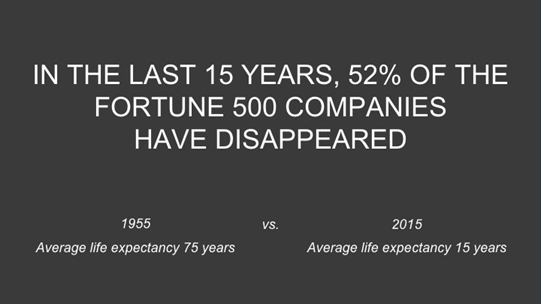
…and then showing how the “winners” have shifted from product ownership to subscription services. Those include upstarts…
然后展示“赢家”是如何从产品所有权转向订阅服务的。其中包括新兴企业……

…as well as rejuvenated incumbents:
以及重新焕发活力的企业:
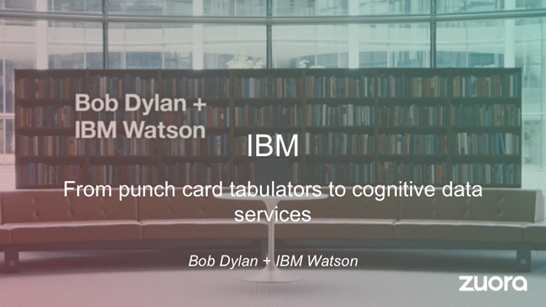
To bring the point home, Zuora asks the following:
为了说明这一点,Zuora提出了以下问题:
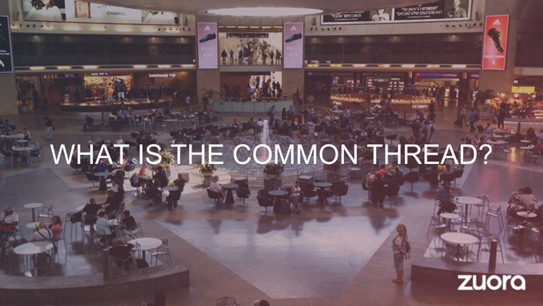
Of course, by this point the common thread is already well established in prospects’ minds: Winners adopt the subscription service models that Zuora supports.
当然,到了这一步,一个共同的思路已经在潜在客户的脑海中建立起来:赢家采用的是Zuora支持的订阅服务模式。
# 3
Tease the Promised Land
以“应许之地”作为引诱
It’s tempting at this point to jump into the details of your product or service. Resist that urge.
在这个点上,很容易会跳到你的产品或服务的细节。忍住那种冲动。
If you introduce product/service details too soon, prospects won’t yet have enough context for why those details are important, and they’ll tune out.
如果你过早地介绍产品/服务的细节,潜在客户还没有足够的背景来了解这些细节的重要性,他们就会置之不理。
Instead, first present a “teaser” vision of the happily-ever-after that your product/service will help the prospect achieve—what I call the Promised Land.
相反,首先展示一个“撩人”的愿景,你的产品/服务将帮助潜在客户实现幸福的未来,我称之为“应许之地”。
Your Promised Land should be both desirable (obviously) and difficult for the prospect to achieve without outside help. Otherwise, why does your company exist?
你的“应许之地”应该是令人向往的(很明显),并且在没有外界帮助的情况下很难实现的。不然你的公司为何存在呢?
After demonstrating that the subscription economy will result in winners and losers, Zuora presents this Promised Land slide, which offers concrete criteria for what it means to win in the subscription economy:
在证明了订阅经济将导致赢家和输家之后,Zuora展示了这张应许之地幻灯片,它为订阅经济中的胜利提供了具体的标准:
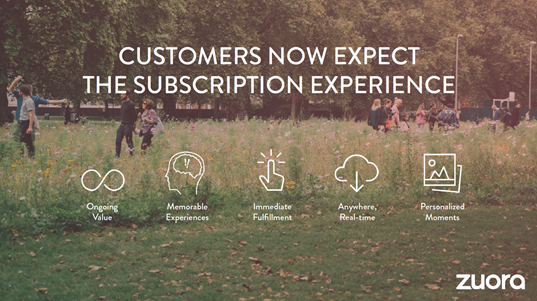
Note that the Promised Land is a new future state, not your product or service.
请注意,“应许之地”是一个新的未来状态,而不是你的产品或服务。
(Over lunch, I asked my friend Tim to articulate his Promised Land, and he said, “You’ll have the most innovative platform for ____.” Nope: the Promised Land is not having your technology, but what life is like thanks to having your technology.)
(午餐时,我让我的朋友Tim说说他的应许之地,他说:“你将拥有最具创新性的____平台。”不:应许之地不是拥有技术,而是拥有技术后的生活。)
Your Promised Land is also crucial for helping prospects pitch your solution to colleagues after your sales meeting ends. In your absence, those colleagues will ask, “What do those guys do again?” Armed with a compelling Promised Land, your prospects are more likely to supply an answer that gets others on board.
你的“应许之地”对于帮助潜在客户在销售会议结束后向同事推销你的解决方案也至关重要。你不在的时候,那些同事会问:“那些人又来做什么?”有了一个令人信服的应许之地,你的潜在客户更有可能提供一个让其他人同意的答案。
# 4
Introduce Features as “Magic Gifts” for Overcoming Obstacles to the Promised Land
将各种特点介绍成克服障碍到达应许之地的“魔法礼物”
If it’s not clear by now, successful sales decks follow the same narrative structure as epic films and fairy tales. Your prospect is Luke, and you’re Obi Wan, furnishing a lightsaber to help him defeat the Empire. Your prospect is Frodo, and you’re Gandalf, wielding wizardry to help him destroy the ring. Your prospect is Cinderella, and you’re the fairy godmother, casting spells to get her to the ball.
如果现在还不清楚的话,成功的销售PPT遵循与史诗电影和童话故事相同的叙述结构。你的潜在客户是卢克,而你是欧比旺,提供光剑来帮助他打败帝国。你的潜在客户是弗罗多,而你是甘道夫,用魔法帮助他毁掉魔戒。你的潜在客户是灰姑娘,而你是仙女教母,施展法术让她参加舞会。
When you introduce your product or service, do so by positioning its capabilities like the lightsaber, wizardry and spells—as “magic gifts” for helping your main character (prospect) reach that much-desired Promised Land.
当你介绍你的产品或服务时,要把它的功能定位为像光剑、魔法和咒语一样,是帮助你的主角(潜在客户)到达那个渴望已久的应许之地的“魔法礼物”。
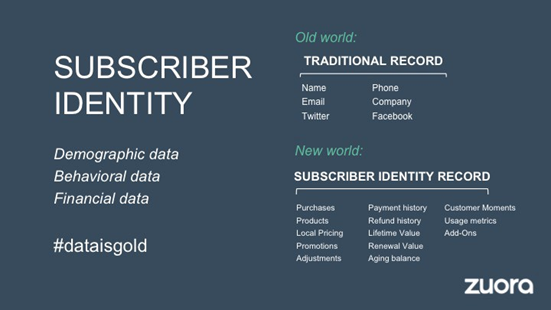
For example, above is the slide where Zuora talks about the structure of its customer record. Out of context, this detail would likely bore even the most technical prospect.
例如,上面这张幻灯片,Zuora谈到了其客户记录的结构。脱离背景,这个细节可能会让最有技术含量的潜在客户感到厌烦。
Positioned in the context of transitioning from an “old world” to a “new world,” however, it’s the foundation for an engaging conversation with prospects—technical and otherwise—about why it’s so hard to reach the Promised Land with traditional solutions.
然而,在从“旧世界”过渡到“新世界”的背景下,它是与潜在客户就技术和其他方面进行对话的基础,也就是为什么用传统的解决方案很难到达应许之地。
# 5
Present Evidence that You Can Make the Story Come True
拿出证据,证明你能让故事成真
In telling the sales narrative this way, you’re making a commitment to prospects: If they go with you, you’ll get them to the Promised Land.
用这种方式讲述销售故事,就是在向潜在客户做出承诺:如果他们跟你走,你就会把他们带到应许之地。
But the road to the Promised Land is, by definition, littered with obstacles, so prospects are rightly skeptical of your ability to deliver. The last piece of the pitch, then, is the best evidence you can offer that you can make the story you’re telling come true.
但是通往应许之地的道路,顾名思义,布满了障碍,所以潜在客户有理由怀疑你的交付能力。那么,推销的最后一部分就是你能提供最好的证据,证明你能让你讲述的故事成真。
By far, the most effective type of evidence is a success story about how you’ve already helped someone else (who is similar to the prospect) reach the Promised Land. Zuora has a set of customer success stories that sales reps draw on, and while they’re more elaborate in the actual deck, this testimonial captures the essence:
到目前为止,最有效的证据是一个关于你如何帮助其他人(与潜在客户相似)到达应许之地的成功故事。Zuora有一套可供销售代表借鉴的客户成功案例,虽然这些案例在实际PPT中更为详尽,但这份证明抓住了其中的精髓:
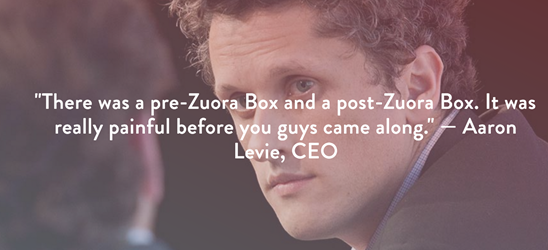
I also like this one, from an exec at NCR (a Zuora customer), which speaks more explicitly to Zuora’s stated Promised Land:
我也很喜欢NCR(Zuora的客户)的一位高管说的这句话,它更明确地表达了祖睿所宣称的“应许之地”:
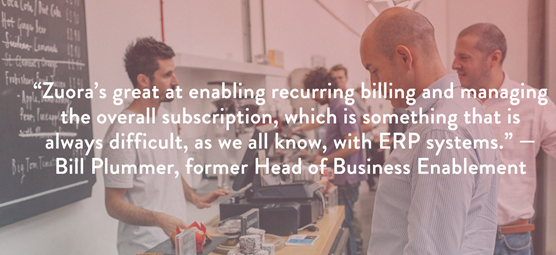
What if you don’t yet have a huge number of successful customers? Product demos are the next most effective evidence, but again, features should always be presented in the context of how they help a prospect reach the Promised Land.
如果你还没有大量的成功客户怎么办?产品演示是下一个最有效的证据,但同样地,功能应该总是在帮助潜在客户到达应许之地的背景下呈现。
A Sales Narrative Works Best When Everyone Tells It
当每个人都在说销售故事时,它的效果最好
Of course, successful sales rarely happen solely as the result of a great deck. In order for salespeople to be successful, the entire organization must align around the narrative about change, Promised Land, and Magic Gifts.
当然,成功的销售并不仅仅是因为有一套出色的PPT。为了让销售人员获得成功,整个组织必须对改变、应许之地和魔法礼物的叙述保持一致。
There’s no better example of that than Zuora. If you ever see a Zuora executive speak—including CEO
没有比Zuora更好的例子了。如果你曾见过Zuora的高管,包括首席执行官Tien Tzuo的讲话
—you’ll almost certainly hear about the subscription economy and the winners and losers it’s creating. In fact, that’s the theme of virtually all the company’s marketing communications and campaigns, as well as its public vision statement:
你肯定会听到关于订阅经济以及它所创造的赢家和输家。事实上,这几乎是该公司所有营销传播和活动的主题,也是其公共愿景声明的主题:
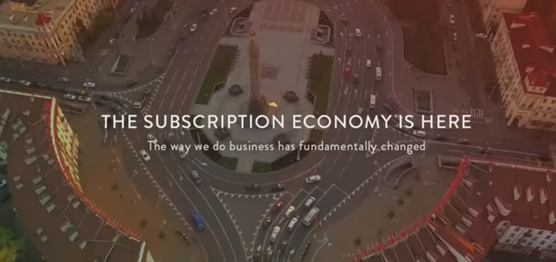
According to the ex-Zuora salesperson, this company-wide alignment around the story made him wildly successful:
这位Zuora的前销售人员表示,整个公司围绕这个故事展开叙述的一致性让他获得了巨大的成功:
Biggest Deal Ever
有史以来最大的一笔交易
Just three weeks after our lunch, Tim called to say he was seeing promising changes in how prospects at large enterprises were reacting to his new deck, which we drafted together based on Zuora’s template. For one thing, prospects opened up much faster about the challenges they were facing. Also, he said the new pitch was more effective at engaging CFOs and other senior gatekeepers.
就在我们吃完午餐的三周后,Tim打电话说他看到大企业的潜在客户对他新的PPT的反应发生了可喜的变化,这些PPT是我们根据Zuora的模板共同起草的。首先,潜在客户对他们所面临的挑战更快敞开心怀。另外 ,他说,新的推销方式在吸引首席财务官和其他高级把关人方面更有效。
Then, a week after that, Tim emailed with even better news: He had just signed the largest deal in his company’s history.
一周后,Tim发来邮件,带来了更好的消息:他刚刚签上了公司历史上最大的一笔交易。
Next week, we’re headed back to Amber India to celebrate.
下周,我们要回琥珀印度餐厅庆祝一下。
AUTHOR
About Andy Raskin:
I help CEOs align their teams around a strategic narrative — to power success in sales, marketing, fundraising, product, recruiting, everything. My clients include teams backed by Andreessen Horowitz, First Round Capital, GV, and other top venture firms. I’ve also led strategic narrative training at Salesforce, Square, Uber, IBM, Yelp and General Assembly. To learn more or get in touch, visit http://andyraskin.com.
我帮助 CEO 们围绕战略叙事调整他们的团队,在销售、营销、筹款、产品、招聘等所有方面取得成功。我的客户包括由Andreessen Horowitz、First Round Capital、GV和其他顶级风险公司支持的团队。我还在Salesforce、Square、Uber、IBM、Yelp和General Assembly领导过战略叙述培训。要了解更多信息或取得联系,请访问http://andyraskin.com
*图片素材来源于网络,如有侵权请联系删除。


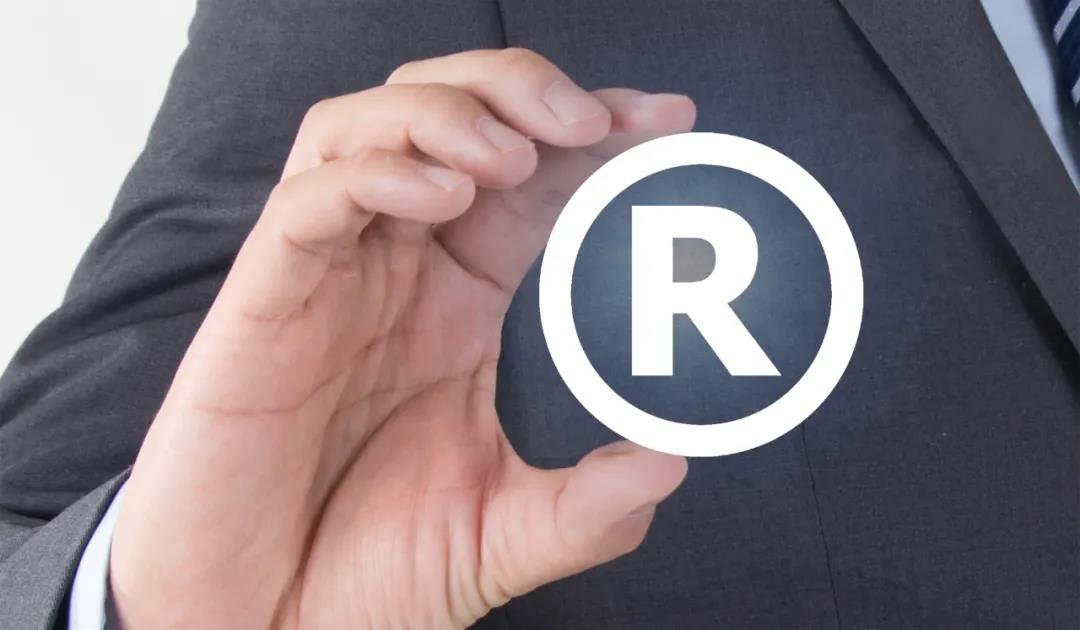
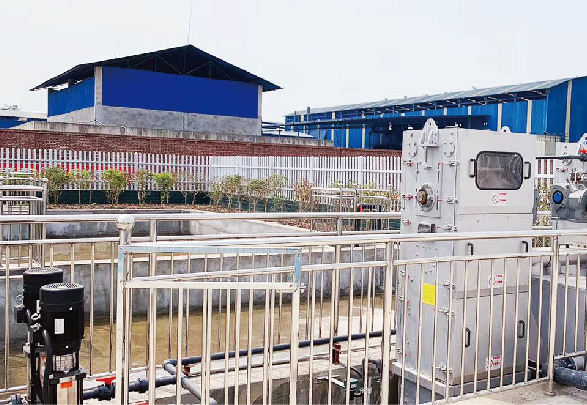




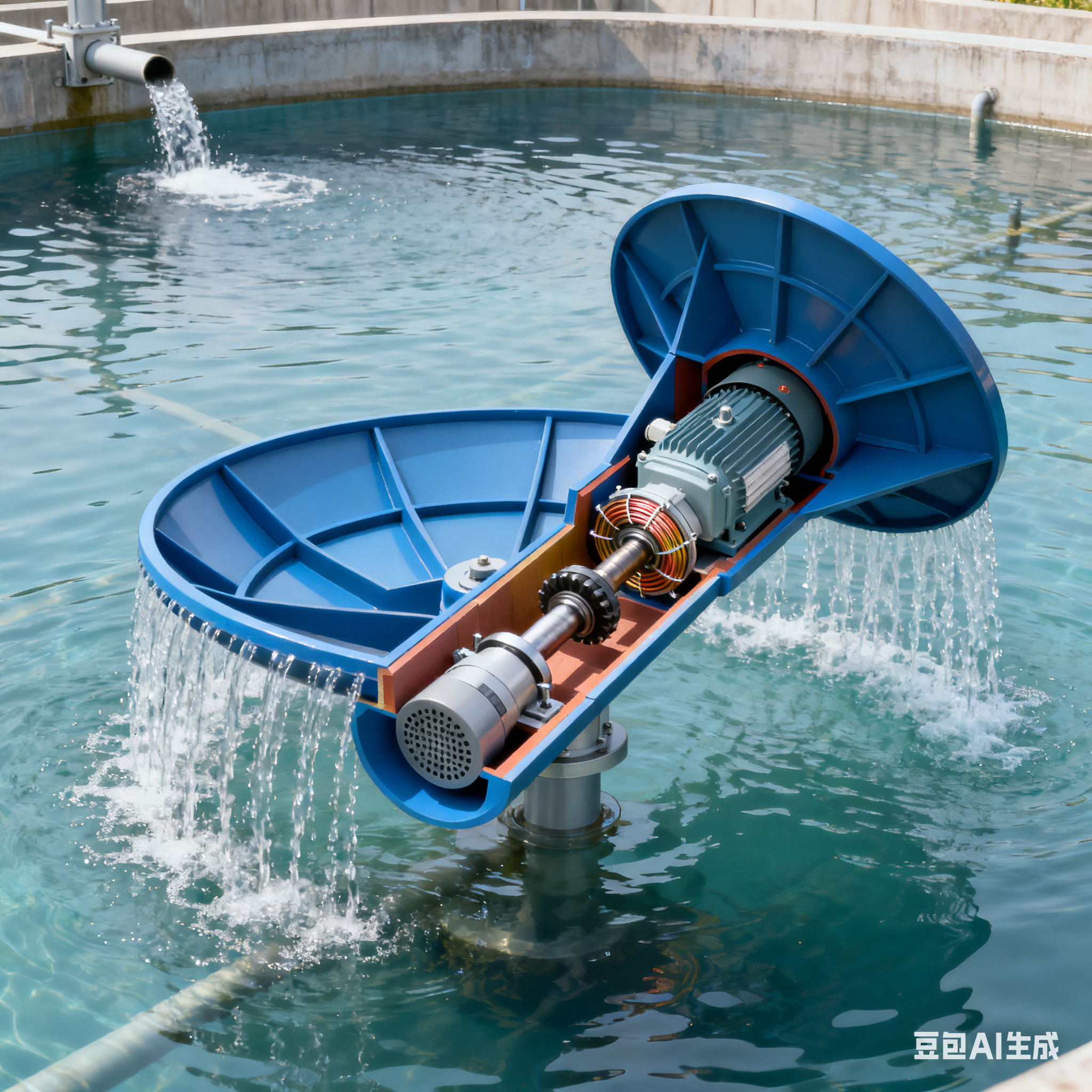

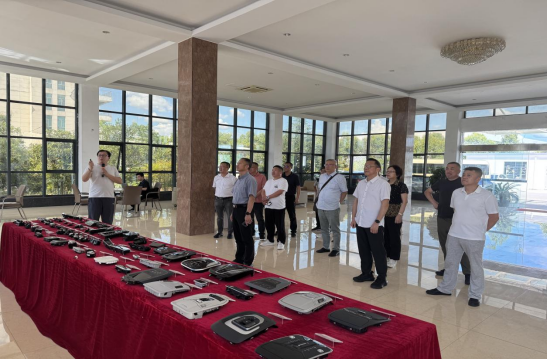
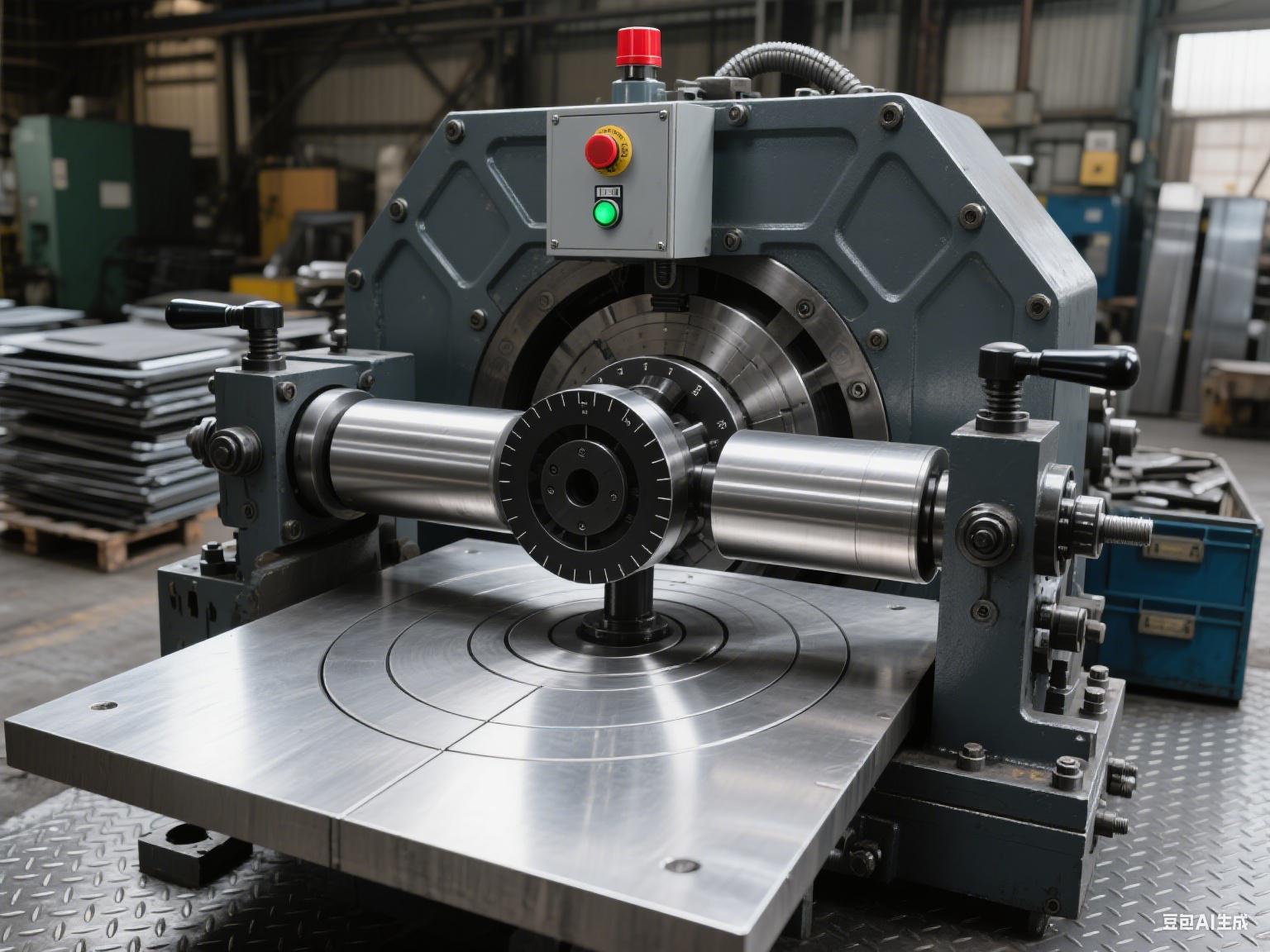
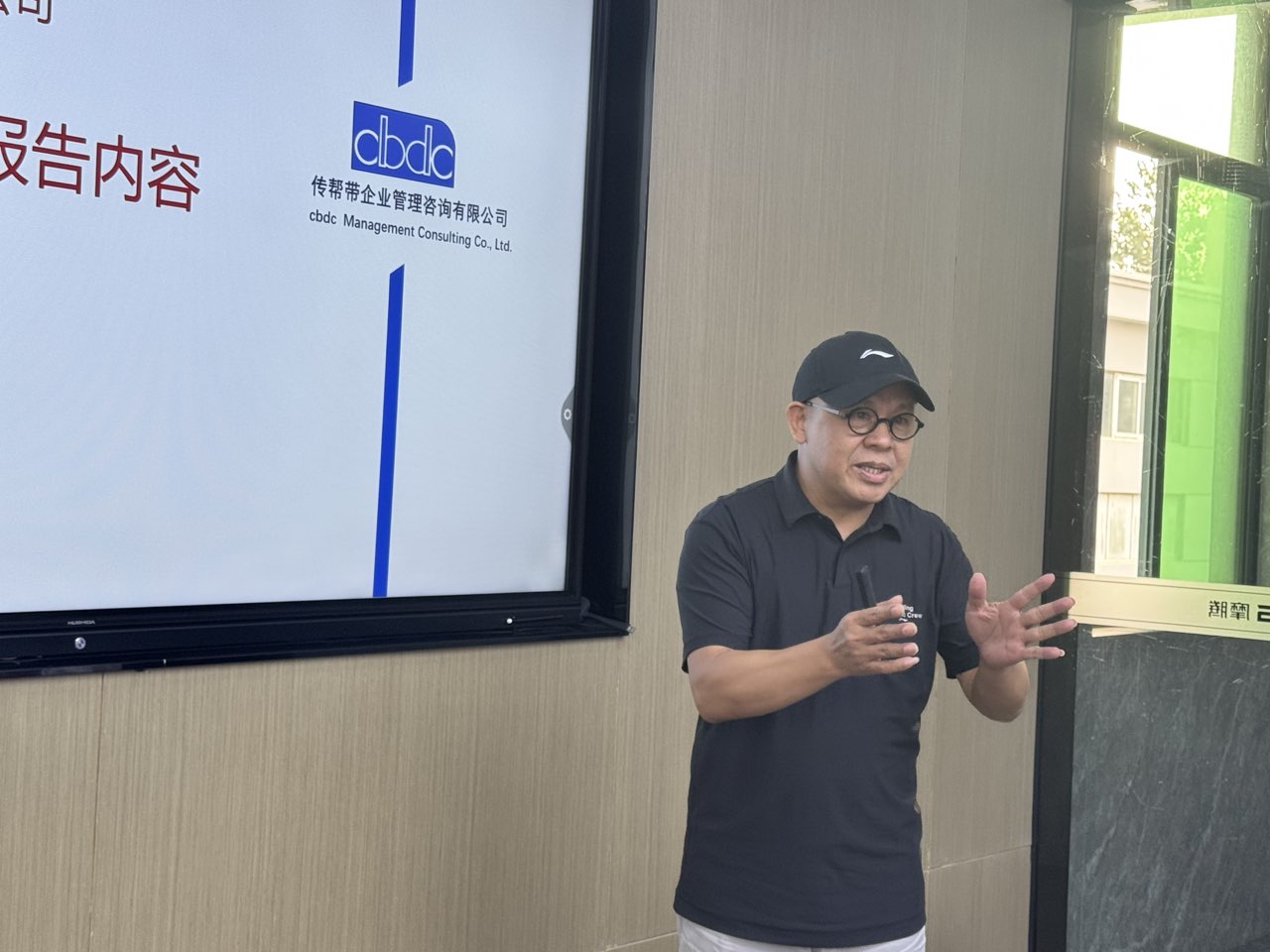



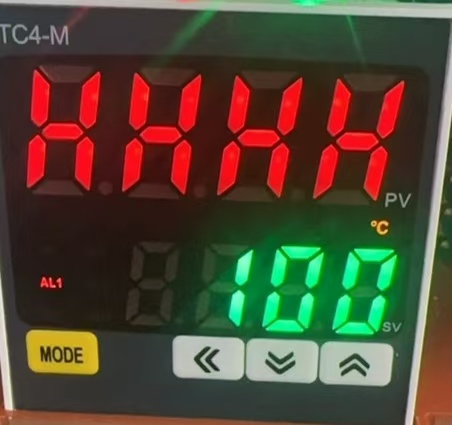
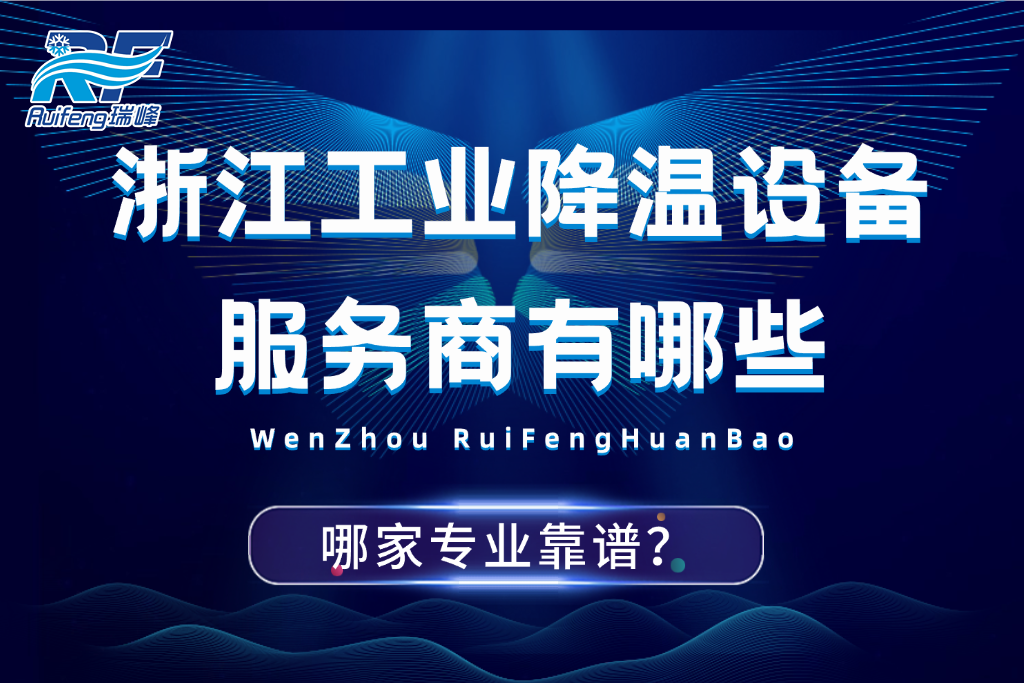
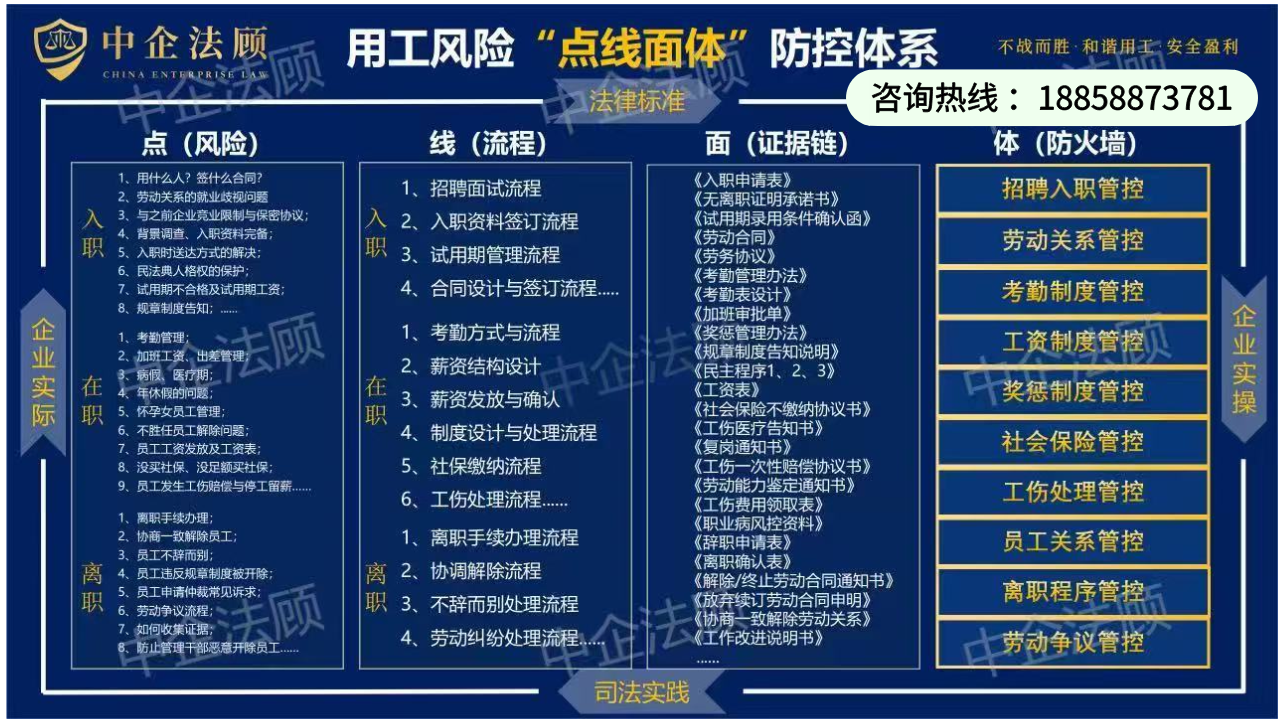
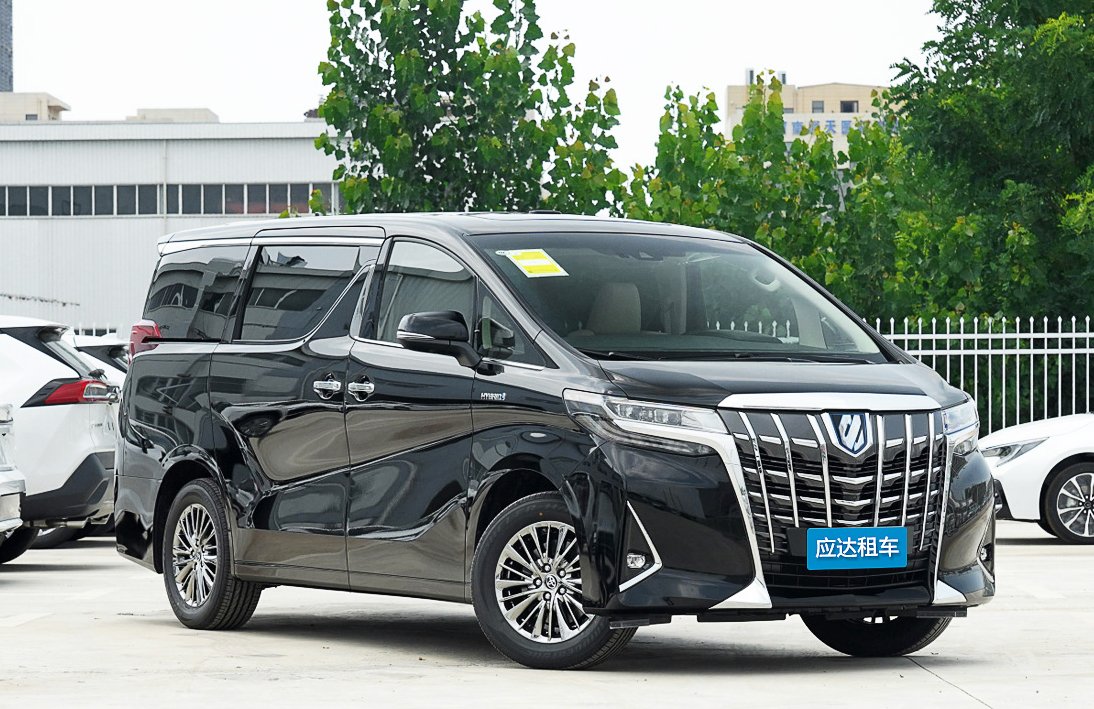
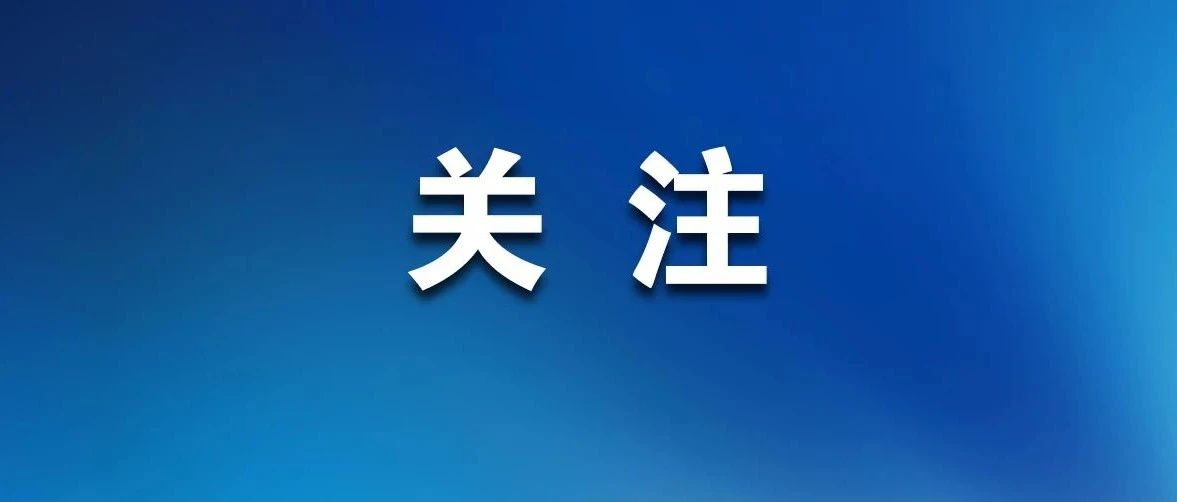

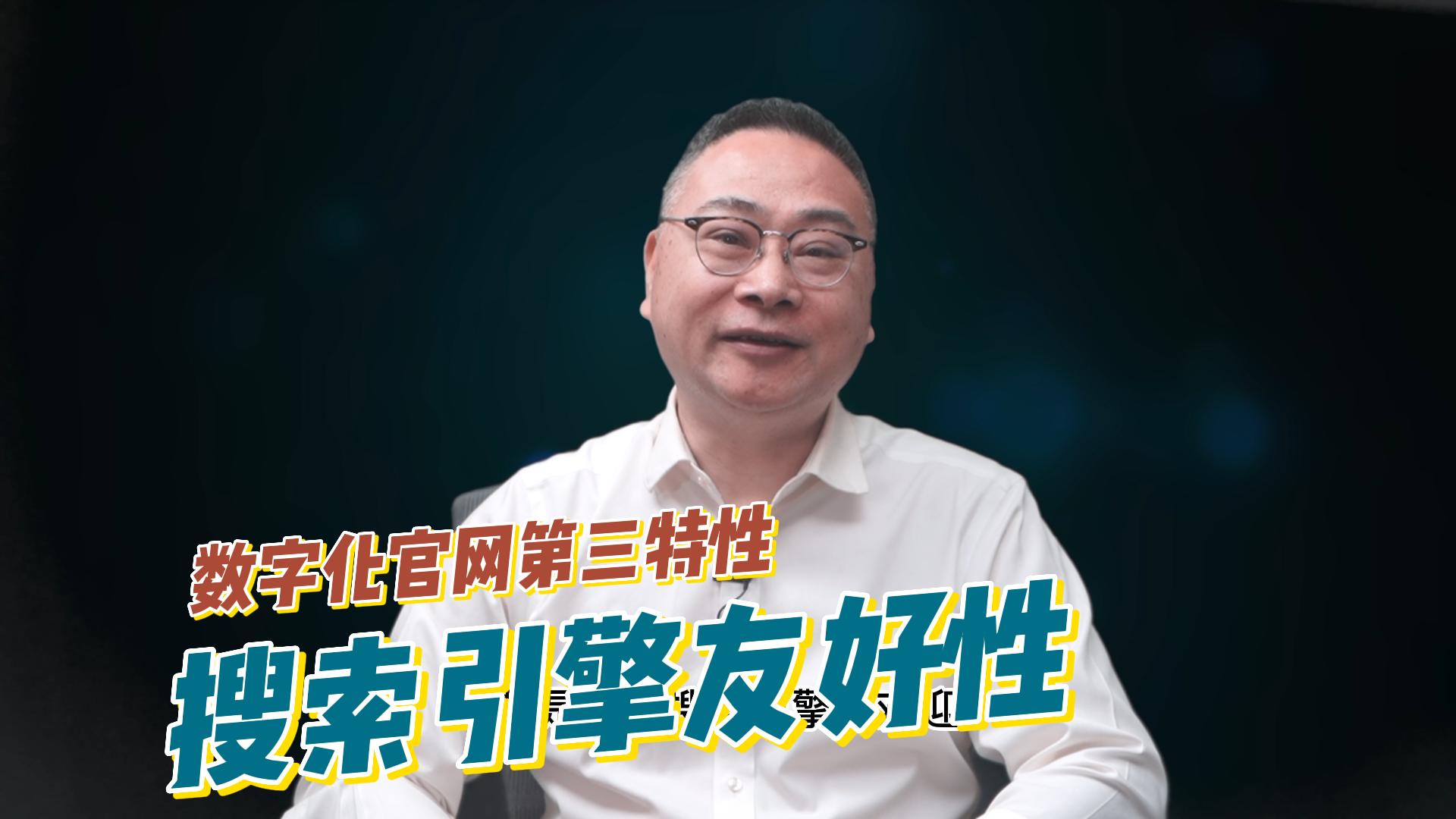

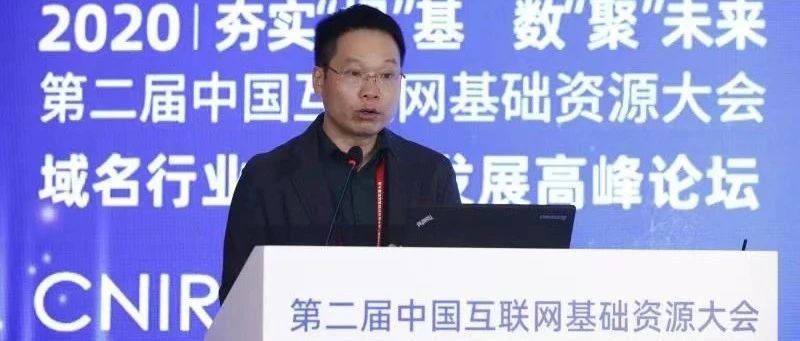


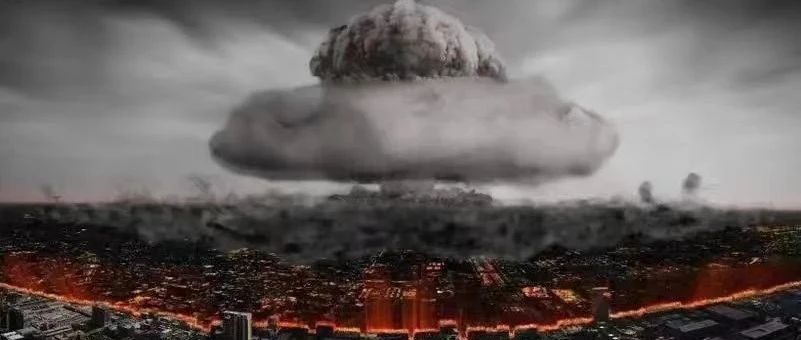
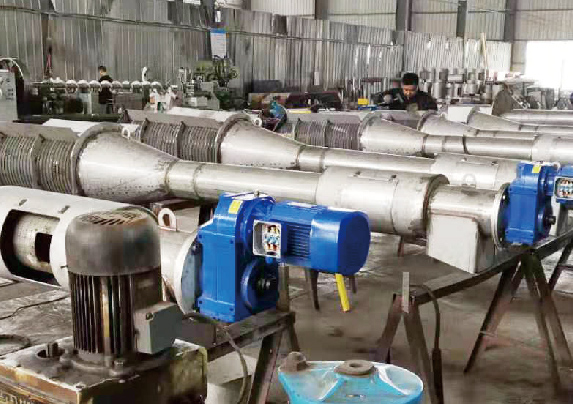
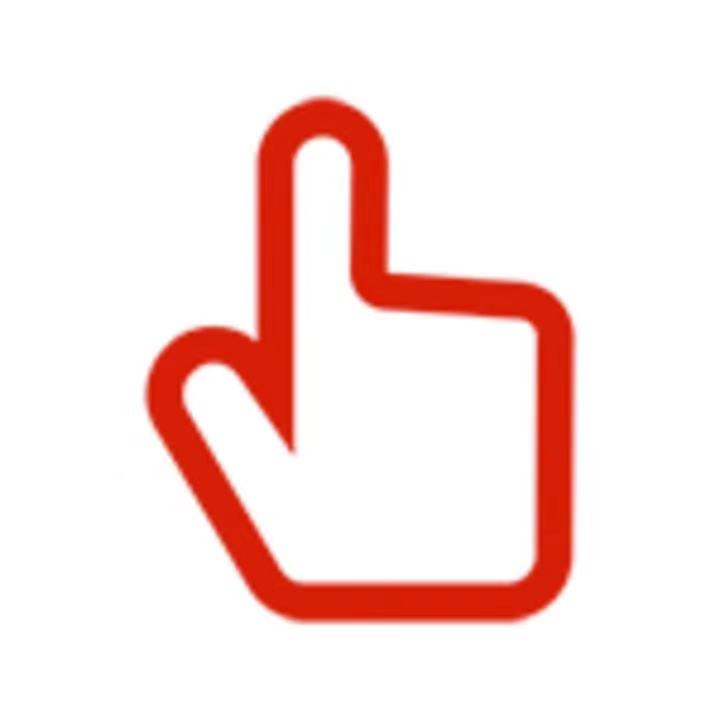


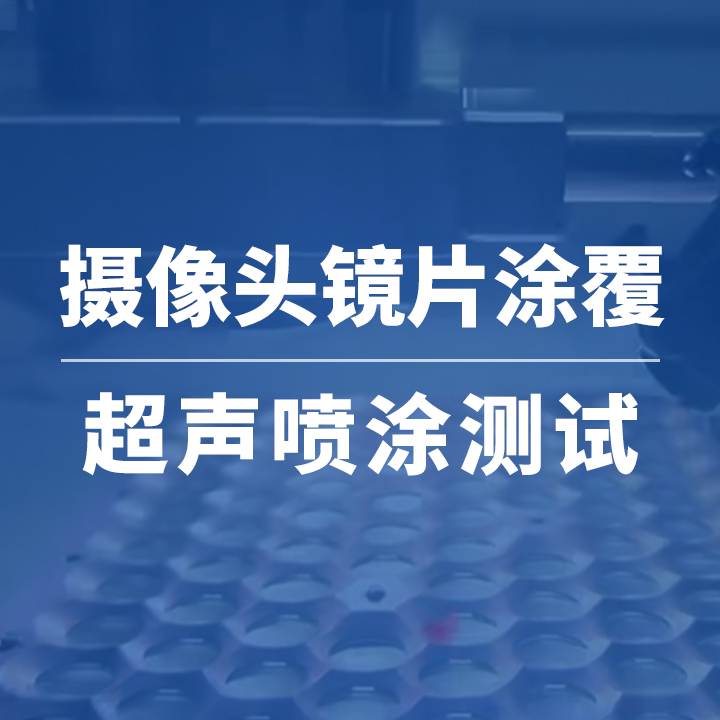
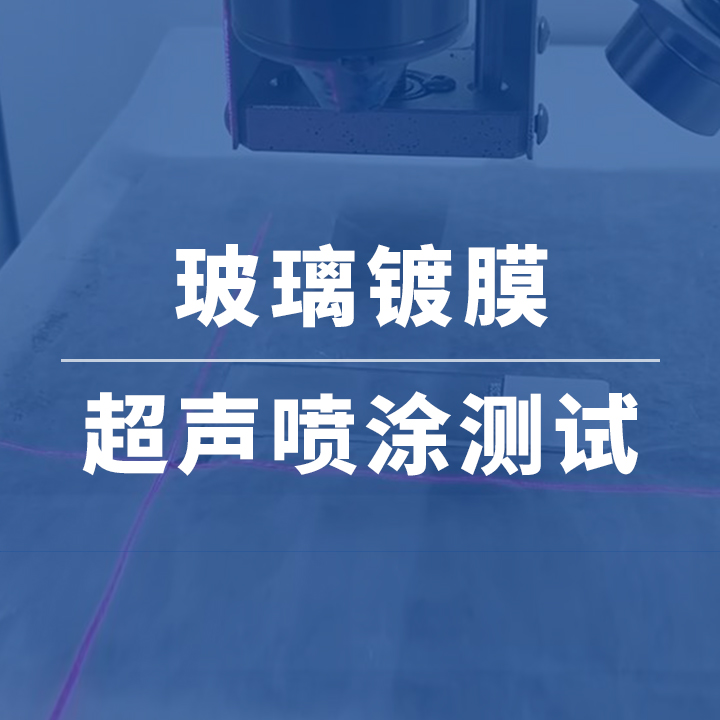



请先 登录后发表评论 ~